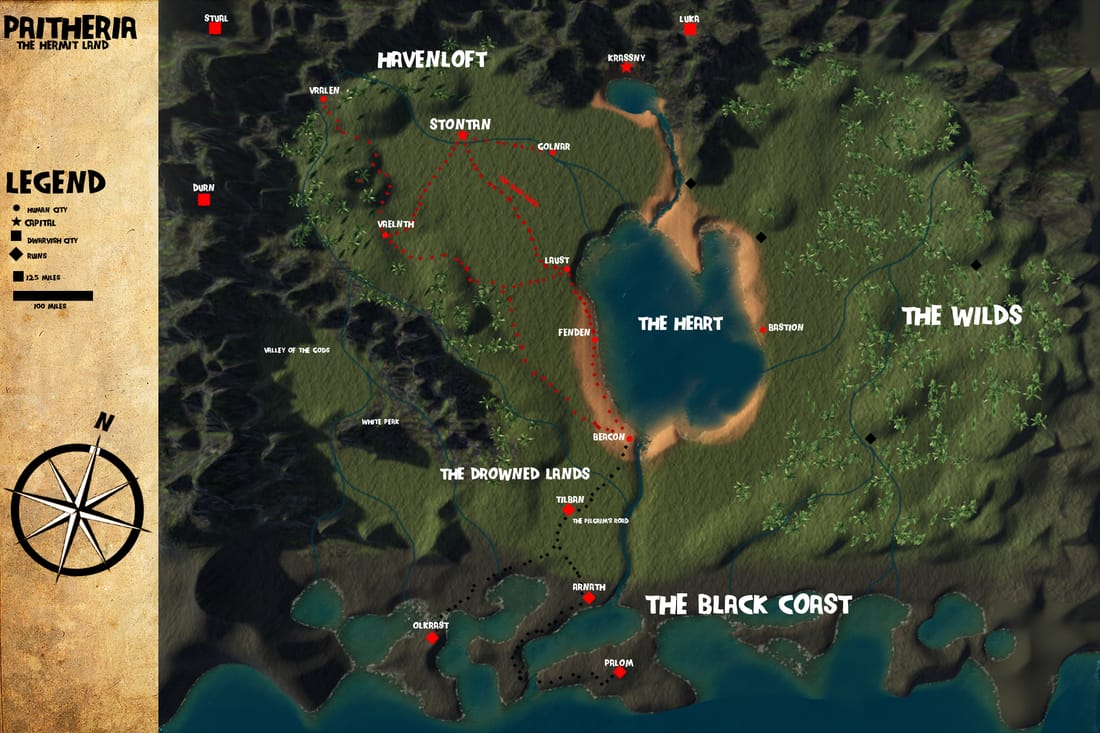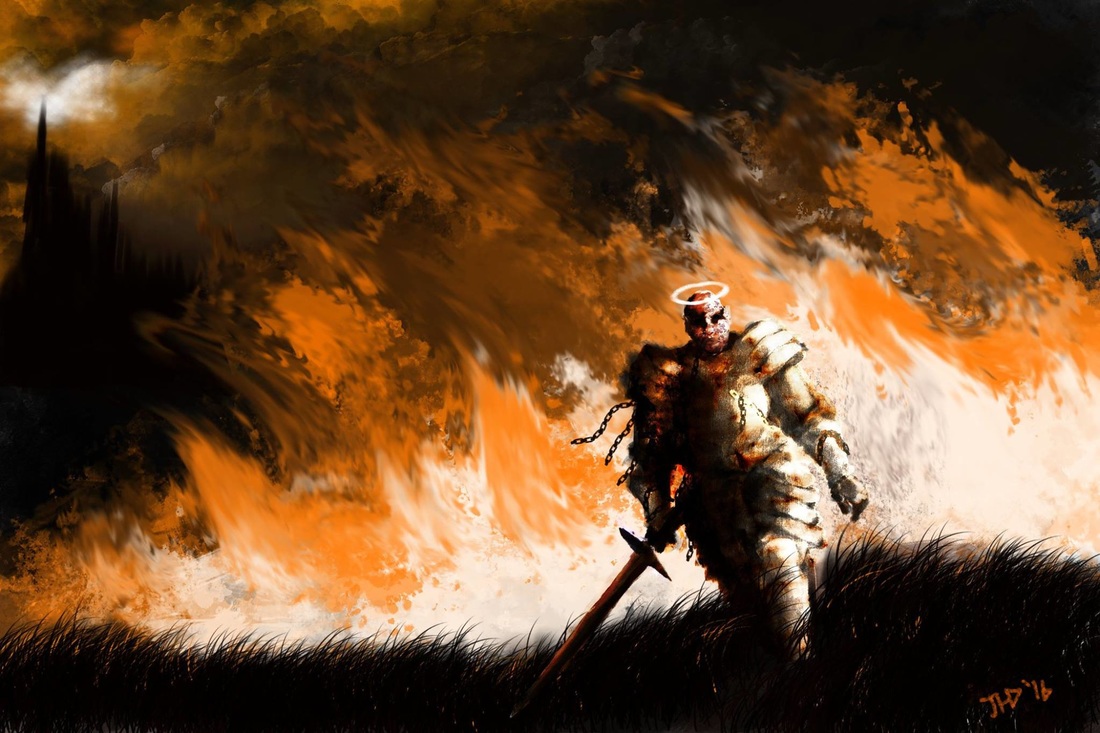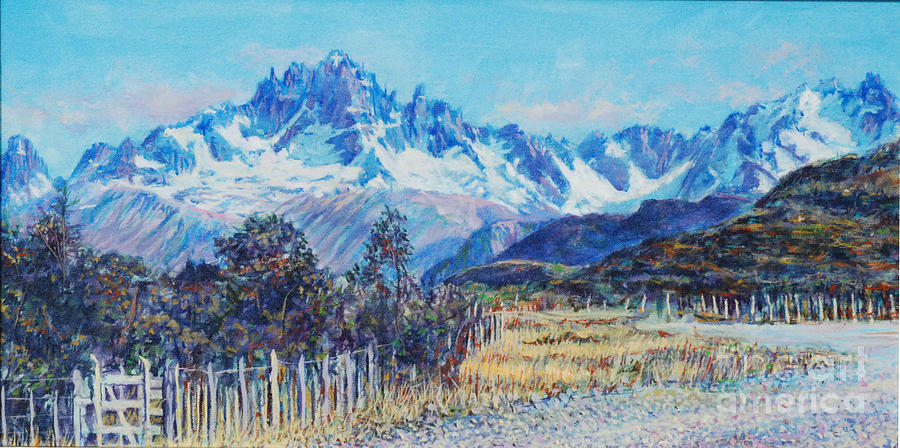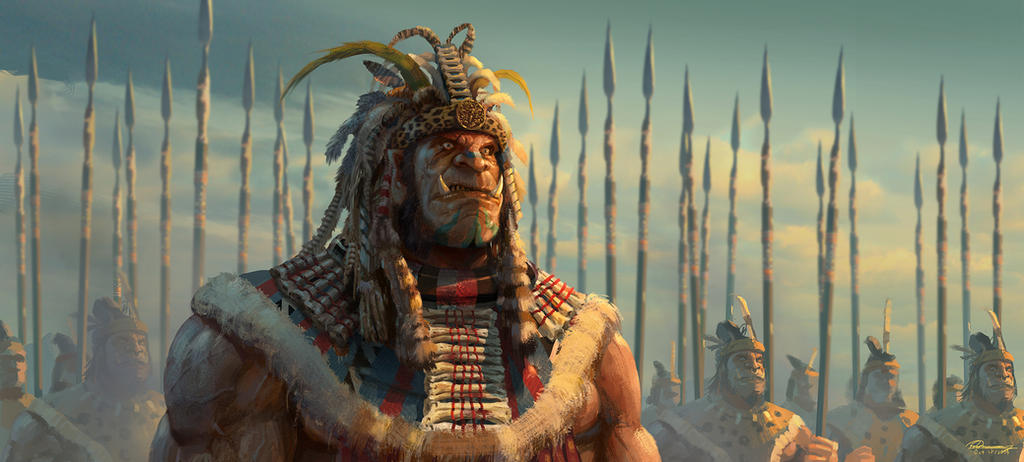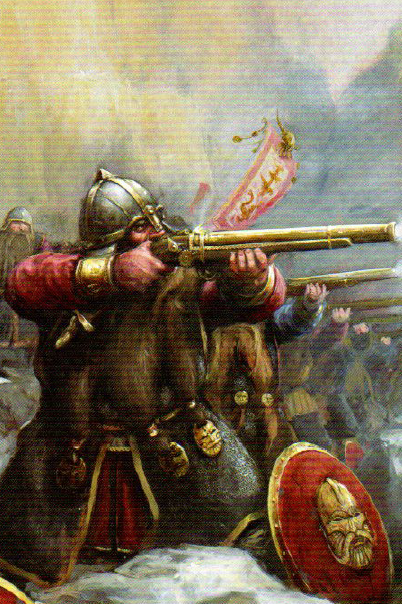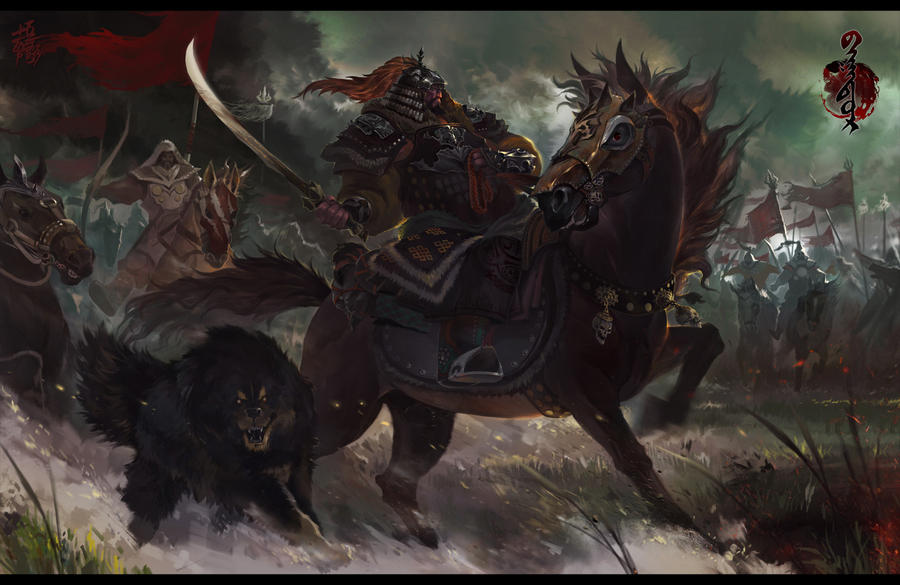Races, gods and guns of Paitheria
RACES
Humans


In the land of the Paitheria, there are two races of humans. The Zarcs, are the most common and members of the largest empire, Havenloft. Occasionally one can find a member of the Danahe, an Asiatic race of barbarian samurai from the north. Officially, the countries are at war, but there are those who have immigrated to the south for work as explorers and mercenaries. Due to the state of warfare, they are hated by most Zarcs.
Dwarves:

The dwarves have been in these lands longer than maybe any other race. They live in a highly structured society based in threes. There are three classes, the merchants, the craftsmen, and the warriors, all of which share equal representation in their society. They are allied with the Zarcs and are at war with the Danahe.
favored class: Fighter
Elves/half elves:

The elves are a tribal people, un-united and savage. They are the best archers in all the land, and are known for their deep connection to nature. Although they war with each other and occasionally Havenloft, they hate the orcs more than any other race. Some elf tribes even capture and sell orc slaves to human traders on the frontier.
Favored Class: Ranger
Orcs/half orcs:

The orcs are a proud and powerful collection of tribes that squabble and fight amongst each other almost as much as they fight with humans and elves. Long ago, they owned all the lands west of the Heart River before the first humans came and took their territory through conquest. They were then enslaved by the human colonists. Those that that escaped repopulated and cut out a territory for themselves in the east. In human society, free orcs are almost unheard of.
Favored class: Barbarian
Gnomes:

There are very few members of the gnome race left. Those that exist are unorganized, and forgotten, wandering the ruins of their kingdoms after their betrayal at the hands of the dwarves in the UnderWar. They are so rare, that some do not believe in their existence, mistaking them for Halflings. Most make their way as vagabonds and traveling magicians on the many roads, making them an adaptable people.
Favored Class: Any
Halflings:

the Halflings of the realm are descendants of servants brought to Paitheria by the Zarc colonists. They are free, but tend to be of the lower class in Havenloft, making their way as pit pockets and scoundrels in the larger cities.
Favored Class: Rogue
FreeDead

Known by scholars as the Gratis Mortuus, the free dead are a strange and dark enigma, appearing after the great flood. In short, the FreeDead are the reanimated skeletons of humanoids, but they have their own will and ambition. They appear as ancient bones held together by invisible forces or tightly drawn leathery flesh. They bear no eyes, but instead small embers in their sockets and move in a slow relentless fashion. Unlike other undead, FreeDead are not mindless and have no master. However, they have no memory of who they were before this state, leading to a sense of lost identity. Some scholars believe they are old bones possessed by random wayward souls looking to cling to the material world instead of being animated by the souls of their original owners. No one knows how long they live, but it is said that if a Freedead is slain, he will rise again in number of years with no memory of his last life.
Ambition is difficult to come by in this race. Most are lost and confused, wandering the land in search of answers to questions they do not know. They are hated and scorned and feared by all mortals, especially the Zarcs, who mistake them for undead monsters. Thus the few who do wander north to the kingdom of Havenloft do so in disguise, hiding their ragged forms in cloaks, masks and armour.
Modifiers and abilities:
Freedead have the undead subtype, and thus can be turned and are subject to all other effects on undead. However, due to their sentience, they gain a
+2 turn resistance. Most freedead are clean slates, possessing no skill bonuses or proficiencies outside of their chosen class and thus can take on any role, save for druids, as they are shunned by nature. As undead, they take damage from healing spells, but health from negative energy. Most use scrolls of inflict wounds to heal themselves, or simply wait to recover on their own.
Abilities: Free dead take a -2 to their charisma score due to their terrifying appearance. However, they gain a +4 racial bonus to intimidate checks for the same reason. This bonus only applies to mortal humanoids and non undead.
As undead, freedead have the following resistance and immunities:
Immunity to starvation, exhaustion, suffocation(drowning), poor temperatures, sleep, fatigue, disease and poison and bleeding.
Darkvision out to 60 feet
25ft Speed: free dead are slightly slower than their living counter parts
Medium size
Fast recovery: Freedead heal themselves at twice the normal rate of mortals while “resting” (2 hp/day instead of 1)
Shunned by Flame(double damage from fire): The freedead are beings of the dark, and fire greatly harms them more than other undead. For this reason, they shun flame and even sometimes fear the sun.
A note on Classes
All classes exist within the campaign. Fighters are very common, while barbarians and rangers are mostly found on the frontier. Paladins all serve the king and gods, and can be found throughout the land as enforcers or on special quests. Clerics are the primary spell casters of the realm due to its high divinity. Wizards and sorcerers are rarer, as there is only one mage organization in the realm. Druids are found only on the frontier or wildlands. Rogues and bards can be found all throughout the kingdom and wilds, surviving on the roads. Monks are very rare, but there are monasteries both in the dwarven mountains and human realm.
Dieties.
Paitheria is a land rife with divine energy. Three major deities rule over the land, along with their children. They are worshiped by all the races(with the exception of the dwarves) though they are all known by different names and tales. For this campaign, the human names will be used. Deities are a very integral part of the world. Not all inhabitants are pious, but all are aware of their power.
Haugash:
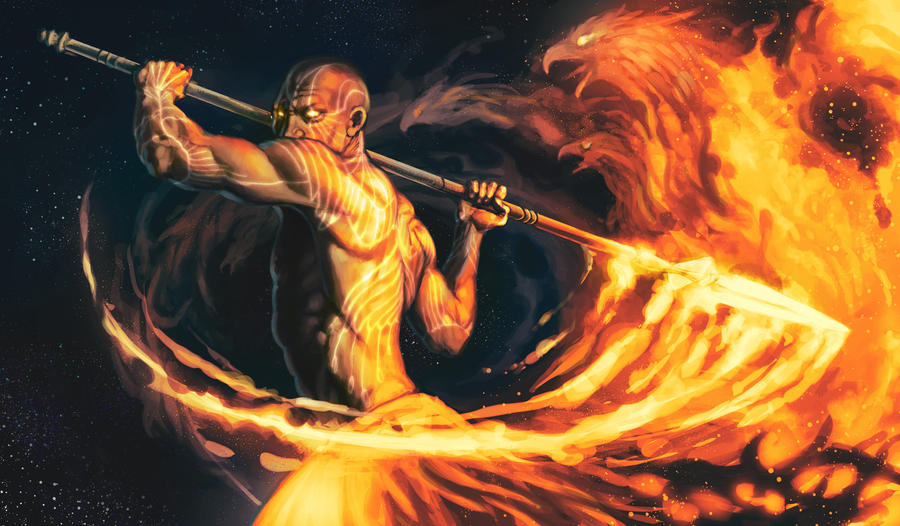
The sun god, lord of fire. Hauguish is the chief deity in the pantheon, and most commonly revered. He is known as the Light, the Beacon, and the Day Lord. His domains are Sun, Healing, Fire and Law. He has a love-hate eternal relationship with Nactua, the Goddess of death and Night. He appears as a faceless man bathed in light and white robes. He is ruthless and vengeful, but healing and kind to those who praise him.
Favored weapon: Spear/longspear
Nactua:

She is the night goddess, immensely powerful, and dangerous. Nactua is known as the Mother of the Dead. She rules the underworld, where all souls go after death. She fights with, but has a fascination and love for the Sun God, with whom she has conceived many children, both gods and demi-gods alike. Her domains are Death, Darkness, Chaos and Water. She appears as a beautiful woman with a skull for a head, either nude or clad in black silk. She is wild and seductive, yet stern.
Favored Weapon: Scythe
Arn: the lord of war, the first and forgotten son of Nactua and Haugash. He is a being of rage and hate, but also strength. Warriors, especially paladins revere him. His domains are Destruction, War, Chaos and Glory. He appears a large serpent with three human torsos, the top having the head of a helmeted old man with a great white beard. Each of his six arms bears a different weapon.
Favored weapon: Polearm
Doa: The first daughter of Nactura and Haugash, she is the queen of Nature and all its laws. She is powerful, deceptive and free spirited. She is revered by rogues, bards, shamans and rangers. Her domains are Nature, Weather, Trickery, animal, and Law. She appears as a humanoid creature with endless black hair and male and female traits, namely horns, or as a white doe with antlers. She is playful and quick to both anger and nurture.
Favored weapon: Flail
Twelta:

The lady watcher and librarian. She is the keeper of all knowledge and reports to the silent Lord. She is worshipped by practitioners of the arcane. She appears as an older woman, clad in fine robes with a great tome in which she writes history with her magic quill. Her domains are Magic, Mind, Knowledge, and Liberation,
Favored weapon: Quarterstaff
Yolv:
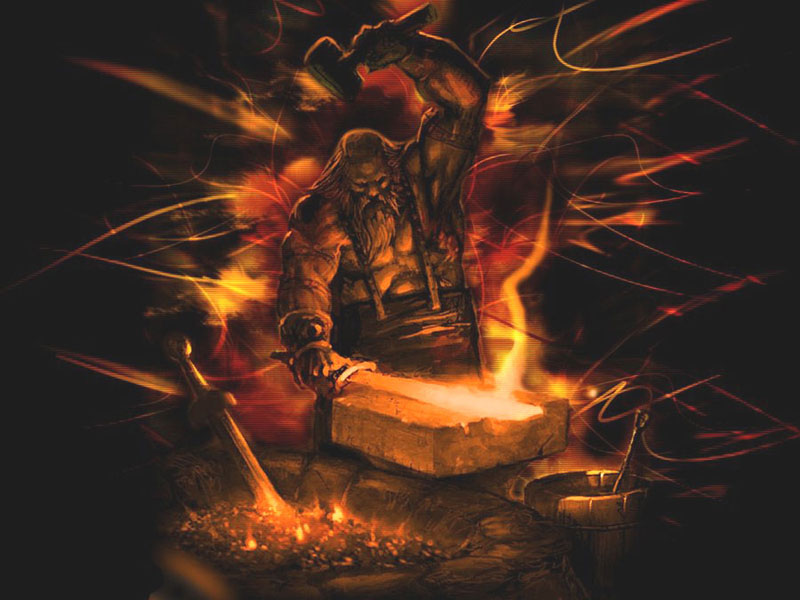
The builder, who follows the blue prints of the silent Lord, and crafts the worlds both the earth heaven and hells. He is simple minded, but a great maker, and is known as the Forger, the Craftsman, and the Builder. His domains are Law, Strength, Artifice, and community
Favored weapon: Warhammer
The Silent Lord:

The silent lord, as he is known has never said a word to his followers, but he is the great architect of the world, creator of all things and instructor of the gods. He is known as the God of Gods, The Creator, and the One. The Silent lord has no form tangible to the eyes of mortals. His domains are Good, Evil, Creation, Destruction, and Protection. None understand his true agenda, or if he created mortals and the gods with free will, but he is still worshipped and praised for his creation of the world.
Favored Weapon: Morningstar
Fire Arms
The land of Paitheria has a new and terrifying weapon, the gun. Most come in the form of muskets, long weapons with high penetration power. Below are rules for how these weapons work.
Penetration: black powder weapons are excellent at punching through armor. When firing a musket, the attacker ignores the defender’s armor bonus unless one of these exceptions is met:
The armor is +1 or some other form of magic, the armor is of the bullet-proofed subtype(see below) or the defender is beyond the range increment of the weapon
Powder: Muskets need powder to fire, which must be dry. Any wet powder will result in a failure to fire. If powder gets wet, it takes a day to dry. Most adventurers carry their powder in water tight horns, but they must also keep their weapons interiors dry as well.
Shot: muskets need powder and shot to be fired. It takes one round to reload a musket. The rapid reload feat reduces this to a standard action.
Basic Musket Stats:
Standard Musket(longun)
Damage: 2d6 piercing, x3 Critical, 150 ft range, 13lbs, 75gp
Melee: a musket can be used as a club, dealing 1d6 bludgeoning damage with no penalty. If a bayonet is attached, it deals 1d8 piercing and is treated as a spear(can be used to counter a charge).
Pistol
Damage: 1d10 piercing x3 critical, 60ft(Pistols are highly inaccurate) range 6lbs. 50gp
Cannon(can’t be carried)
Damage: 2d12 bludgeoning, x5 critical, 600ft range, 1500lbs, 2500gp, shots weigh 20lbs, 2 full round actions to reload, must be cleaned every 10 shots. If not 10% chance of misfire with 2d6 blowback damage.
Bullet-proof; armor sub-type. While is rare and expensive, one can purchase armor capable of resisting bullets. However, they are only found in metal plate armors, and come with costs. The weight for the armor is doubled due to the extra thickness. This also increases the check penalties by half, and the cost by 50%. Due to the high weight, most only buy a breastplate.
This message was lightly edited by the GM at 02:01, Wed 04 Jan 2017.





